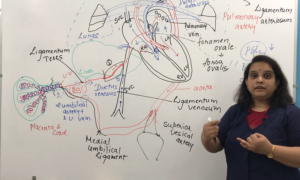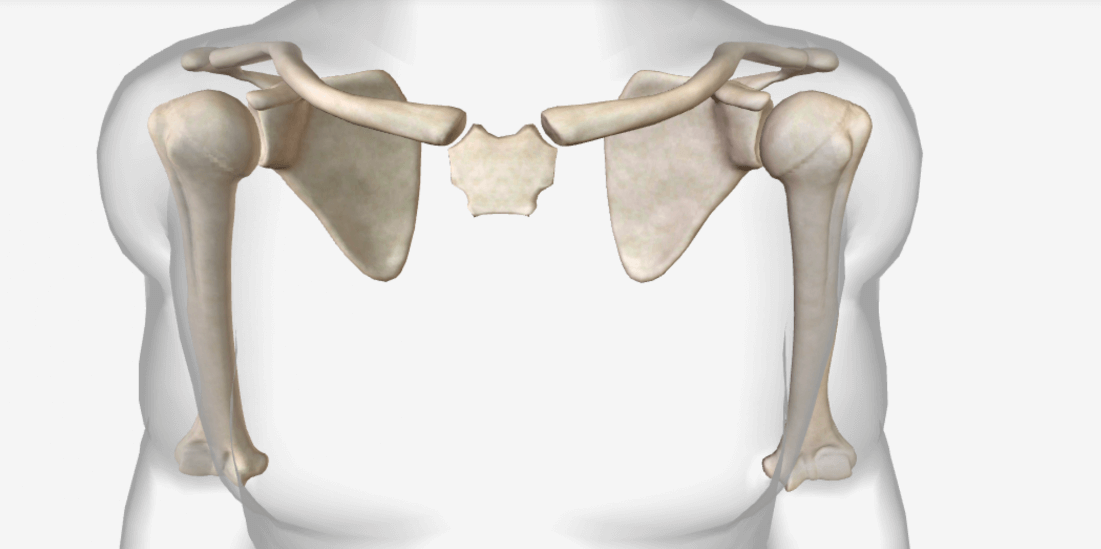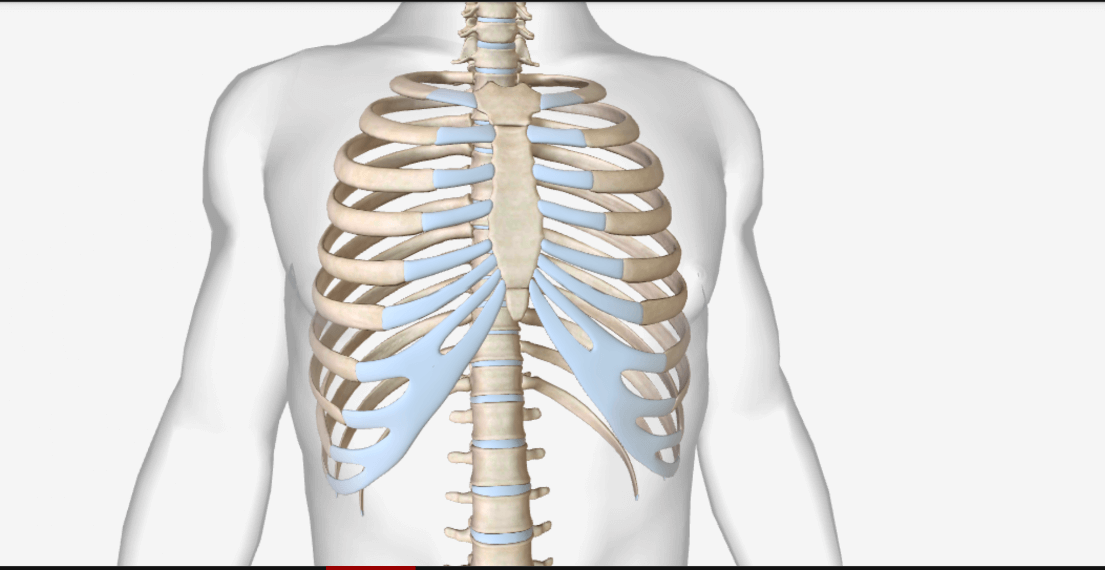THYMUS
The thymus is a lymphoid organ helps in immunity.
• It is located behind the sternum, in front of aorta and heart or in between the lungs.
• The hormone produced by the thymus is thymosin, it promotes the maturation of T cells (T lymphocytes) that destroys microbes.
• It is composed of 2 lobes that are covered by connective tissue capsule, this penetrates inside and form trabeculae, which divide lobes into lobules.
• Each lobule has a dark staining outer part cortex and middle named medulla.
• Immature T cells migrate from red bone marrow to thymus where they proliferate and begin to mature.
• The cortex consists of epithelial cells, dendritic cells, immature T cells, and macrophages.
• Mature T cells enter into the medulla and remaining cell has gone through apoptosis, dead cell removed by macrophages.
• The medulla consists of epithelial cells, dendritic cells, mature T cells, and macrophages.
• T cells leave thymus via blood then to a lymph node, spleen, and lymphatic tissues.
• The thymus has a weight of about 70 gm.
• After puberty functional portion becomes atrophied, the number decreases with age.




